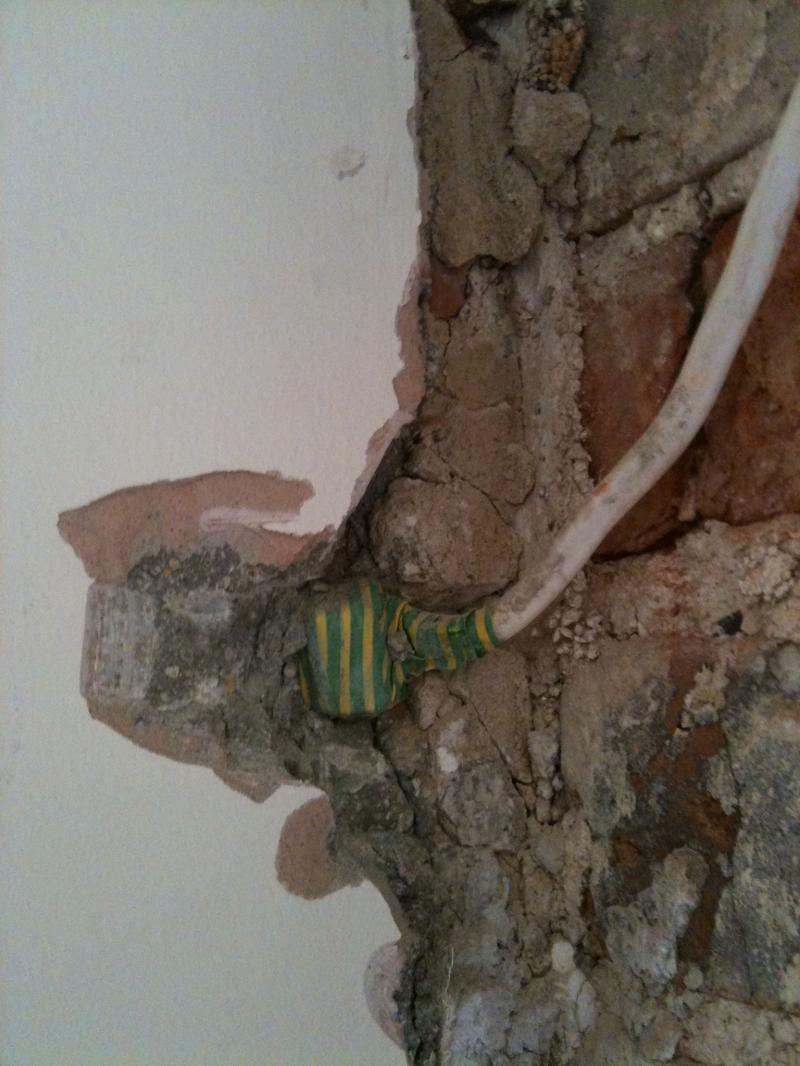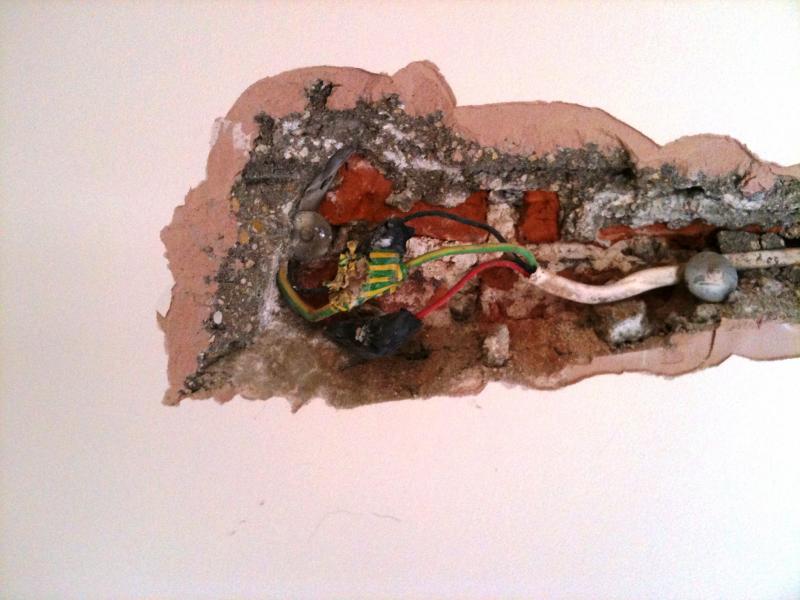With my newly purchased Megger MFT, I will be lookin to practice a number of tests - including the Insulation Resistance Test. Initially, I will be focusing on an individual Ring Circuit. I will unplug all loads.
I know this is a dead test and I will follow Safe Isolation to terminate power at the Mains Switch. There are a couple of areas that are unclear from the reading that I have done:
- do USB sockets need to be replaced when applying 500v? If yes, can I use a 32 amp JB in their place? I assume that their resistance will be the same as a socket
- do FCU's on a ring (not a spur) need to be disconnected? The neon light is on the load side
- finally, should the CPC remain connected to the earth terminal or separated out like N and L for the purposes of this test?
Thanks in advance.
I know this is a dead test and I will follow Safe Isolation to terminate power at the Mains Switch. There are a couple of areas that are unclear from the reading that I have done:
- do USB sockets need to be replaced when applying 500v? If yes, can I use a 32 amp JB in their place? I assume that their resistance will be the same as a socket
- do FCU's on a ring (not a spur) need to be disconnected? The neon light is on the load side
- finally, should the CPC remain connected to the earth terminal or separated out like N and L for the purposes of this test?
Thanks in advance.



